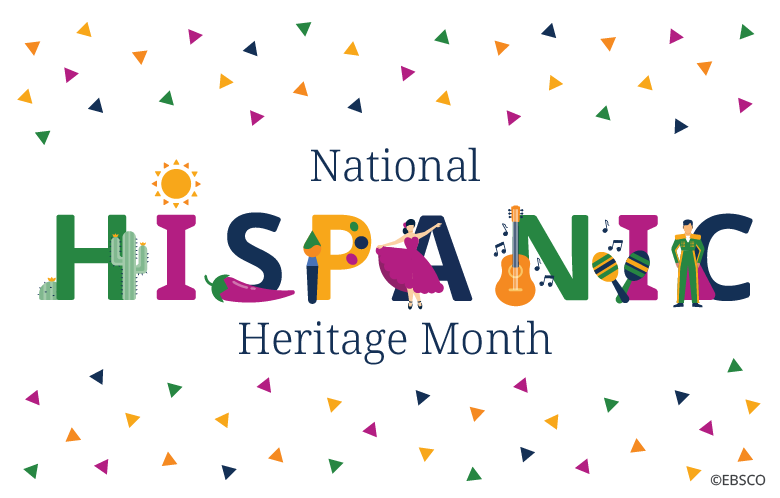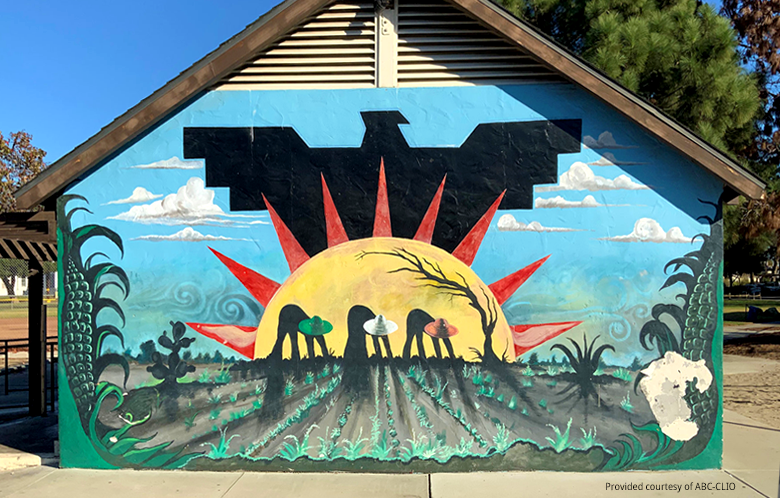At 62 million strong, those who identify as Latino or Hispanic make up the largest ethnic minority in the United States today. By 2050, they will make up one-quarter of the country’s total population. The nation celebrates the many contributions this vibrant community makes to the American landscape each year during Hispanic Heritage Month. The official commemoration began in 1969 when President Lyndon Baines Johnson declared the first Hispanic Heritage Week. Extended to Hispanic Heritage Month by President Ronald Reagan in 1988, the national commemoration lasts from September 15 to October 15 each year.
The terms “Hispanic” and “Latino” refer to a cultural identity rather than race. Yet, the community is far from homogenous. People of many distinct cultures make up the country’s Latino population. Hispanic Heritage Month celebrates all of them, from Cuban American to Puerto Rican to Mexican American and many more. The community’s economic, artistic, scientific and political contributions to the United States have been, and continue to be, immense. Latino-owned businesses employ 3 million workers and contribute $800 billion to the U.S. economy every year. Latino entertainers — actors, musicians and sports dynamos — are at the top of their respective industries; Latino scientists are achieving medical breakthroughs that save people’s lives, while others are exploring new, out-of-this-world frontiers; and Latino lawmakers are playing key policy-making roles in local, state and federal governments.
The theme for this year’s Hispanic Heritage Month is “Latinos: Driving Prosperity, Power and Progress in America.” In honor of this year’s theme, we invite you to explore selected resources about modern Latino trailblazers and their contributions to American prosperity, power and progress. This complimentary content comes from The Latino American Experience, a database from Bloomsbury | ABC-CLIO and available to school libraries through EBSCO.
- Latinos in STEM fields have made numerous contributions to science including Manny Villafana’s pioneering startups that revolutionized pacemakers and artificial heart valves to Ellen Ochoa’s historic 1993 shuttle launch as the first Latina to go into space. Read about Manny Villafana, Ellen Ochoa and other Latinos excelling in science.
- Latinos have served in the military in all major U.S. conflicts. Richard E. Cavazos was the U.S. Army’s first Hispanic four-star general. In 2023, Fort Hood in Texas was renamed Fort Cavazos in his honor. Learn about Richard E. Cavazos’s distinguished career in the military.
- In 2009, Sonia Sotomayor made history, becoming the third female and first Latina to sit on the U.S. Supreme Court. Read about Sonia Sotomayor’s journey to the Supreme Court.
- Some of today’s brightest stars in entertainment are Latino. Actor, playwright, and composer Lin-Manuel Miranda has won a Pulitzer Prize, three Tony Awards, five Grammys, and three Emmy Awards, among many other honors. Learn about Lin-Manuel Miranda’s accomplishments on the stage and screen.
- Latin American players make up about 32 percent of all players in Major League Baseball today. These players have had an immeasurable influence on the great American pastime, and many have been inducted into the National Baseball Hall of Fame. Find out who was the first Latino player to be inducted into the National Baseball Hall of Fame.
- Poet Ada Limón, author of “The End of Poetry” (2020), was appointed the 24th poet laureate of the United States in 2022. She is the first Latina poet laureate. Listen to Ada Limón recite “The End of Poetry.”
The Latino American Experience, one of four databases in The American Mosaic series, provides essential and inclusive perspectives for teaching and learning about U.S. history. From the Aztec Empire to the Chicano Movement to contemporary quinceañera celebrations, The Latino American Experience provides the rich historical and cultural background of the fastest growing segment of the U.S. population today.



